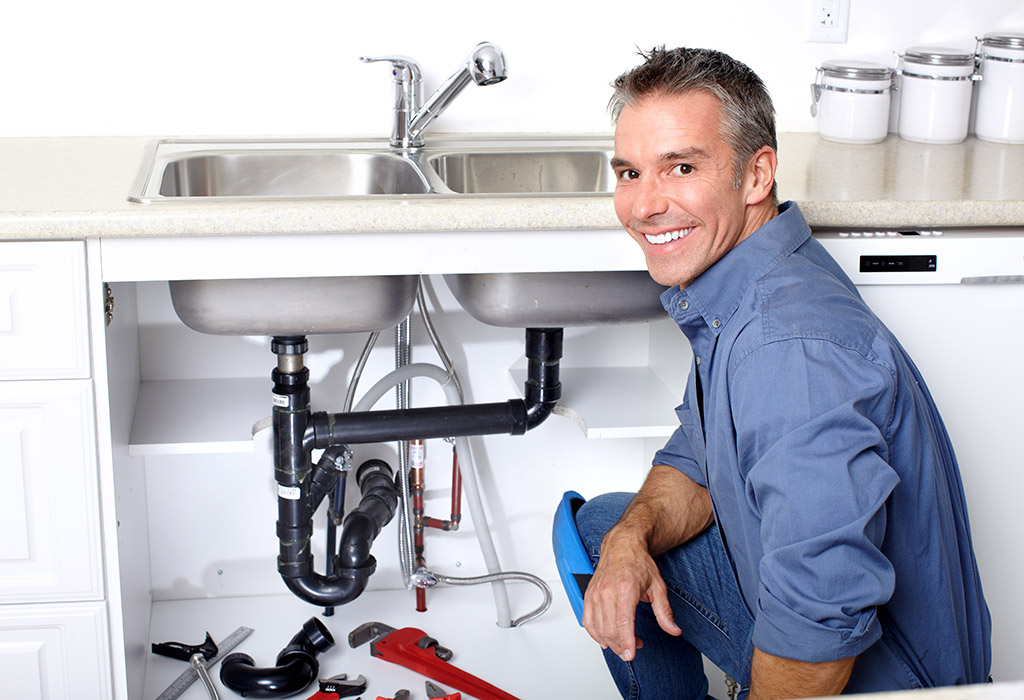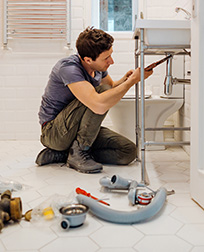Trusted Plumber Alabaster AL for All Your Emergency Demands
Trusted Plumber Alabaster AL for All Your Emergency Demands
Blog Article
A Step-by-Step Guide to Effective Hot Water Heater Setup for Optimal Performance
Getting started on the job of setting up a water heating system is a venture that requires precision and a methodical strategy for attaining optimal efficiency. As you proceed, the intricacies of connecting water supply lines and setting up trustworthy electrical or gas connections wait for, encouraging insights into ensuring efficiency and integrity.
Choosing the Right Water Heating System

Next, take into consideration the size and capability of the hot water heater. It's vital to assess your household's warm water requirements, which can differ based upon the number of residents and their usage patterns. An unit that's also small may lead to not enough warm water, while a large design might lead to unnecessary energy consumption.
Effectiveness ratings additionally play a crucial duty in option. Seek water heaters with high Energy Factor (EF) rankings, suggesting superior performance and minimized power usage. Tankless designs, though generally much more expensive upfront, deal significant power savings with time due to their on-demand home heating abilities.
Preparing the Installment Location
Prior to mounting a new water heating unit, thorough preparation of the installation location is vital. It's essential to measure the room carefully to accommodate the water heater's dimensions, making sure appropriate clearance around the device for effective operation and servicing.
Following, eliminate any type of debris, dust, or blockages from the site to create a clean environment. Inspect the flooring for stability, as the water heating system will certainly require a solid, degree surface to operate effectively. If necessary, mount a drip frying pan underneath the unit to catch potential leaks or spills, avoiding water damages to the surrounding area. In areas vulnerable to seismic activity, think about mounting seismic bands to protect the heating unit securely in area.
Additionally, ensure that all necessary devices and materials are on hand prior to beginning the installment. This consists of items such as wrenches, screwdrivers, a degree, and any kind of additional hardware needed for mounting and safeguarding the heating system. A well-prepared installment location establishes the structure for a successful water heating system configuration, maximizing efficiency and safety.
Connecting Water Supply Lines
When linking water lines to your newly installed hot water heater, it is critical to guarantee that all links are leak-free and protected to preserve efficient procedure and prevent water damages. Begin by determining the hot and cool water supply lines. The chilly water inlet is commonly noted with a blue tag or a "C", while the warm water outlet is noted with a red tag or an "H".
Usage flexible water heater ports to facilitate an easier installment procedure. These adapters can take in vibration and permit mild activity, reducing the threat of leakages. Prior to attaching the adapters, put a plumbing professional's tape around the threaded ends of the hot water heater's inlet and outlet pipelines - Plumber Alabaster AL. This tape acts as a sealant, stopping leakages. Meticulously link the adaptable hoses to the respective inlet and electrical outlet, guaranteeing that they are tight but not over-tightened, which can damage the strings.
Once Visit Website links remain in location, gradually transform on the main water system valve. Examine each connection for leaks by aesthetically feeling and examining for wetness. Tighten up connections as necessary, and make sure the stress safety valve is properly installed, guarding against too much pressure build-up.
Establishing Electrical or Gas Connections
Properly setting up the electrical or gas connections for your water heating system is an essential step to make sure reliable and risk-free procedure. For electrical water heaters, begin by verifying that the electrical circuit is compatible with the heater's voltage and amperage requirements.
For gas water heating systems, safety is critical. Verify that the Read Full Report gas supply is off before proceeding. Link the gas line to the water heater making use of an adaptable gas adapter, ensuring it is effectively threaded and sealed with pipeline joint compound or Teflon tape suitable for gas connections. Tighten up the links with a wrench, making sure not to over-tighten (Plumbing Services Alabaster AL).
Once links are made, evaluate for any potential leakages. For gas lines, use a soapy water service to the joints; bubbles show a leak. For electric connections, confirm that all circuitry is secure and appropriately protected, maintaining conformity with local electrical codes.
Checking and Changing for Performance
With the electrical and gas connections securely in place, the following step is examining the functional performance of your water heating unit. Begin by carefully transforming on the water supply and making sure there are no leaks at any of the shutoffs or joints.
Following, carry out a thorough examination to guarantee the heating elements or burner are functioning appropriately. For electrical heaters, make use of a multimeter to verify if the elements are attracting the appropriate current. In gas versions, observe the heater flame; it needs to be blue and consistent, indicating reliable combustion.
Readjust the settings as required to eliminate inefficiencies. Think about implementing insulation actions, such as including a water heating system blanket, to further boost performance by decreasing warm loss. Additionally, check the anode rod's condition, as a shabby pole can reduce effectiveness and result visit our website in container corrosion.
Conclusion
Reliable water heating system setup is crucial for making sure ideal efficiency and power savings. By picking the suitable type and size, and meticulously preparing the installation area, a structure for success is established. Safely linking water system lines and thoroughly establishing electric or gas links decrease possible issues. Extensive screening for leakages and specific thermostat modifications to 120 ° F improve reliability and efficiency. Sticking to these actions promotes lasting performance and power conservation in residential water heating unit.

Appropriately setting up the electric or gas links for your water heater is a critical action to guarantee effective and risk-free procedure. For electrical water heating units, start by verifying that the electrical circuit is compatible with the heating unit's voltage and amperage requirements. Link the gas line to the water heating system using an adaptable gas connector, ensuring it is properly threaded and sealed with pipe joint substance or Teflon tape appropriate for gas links.
Report this page